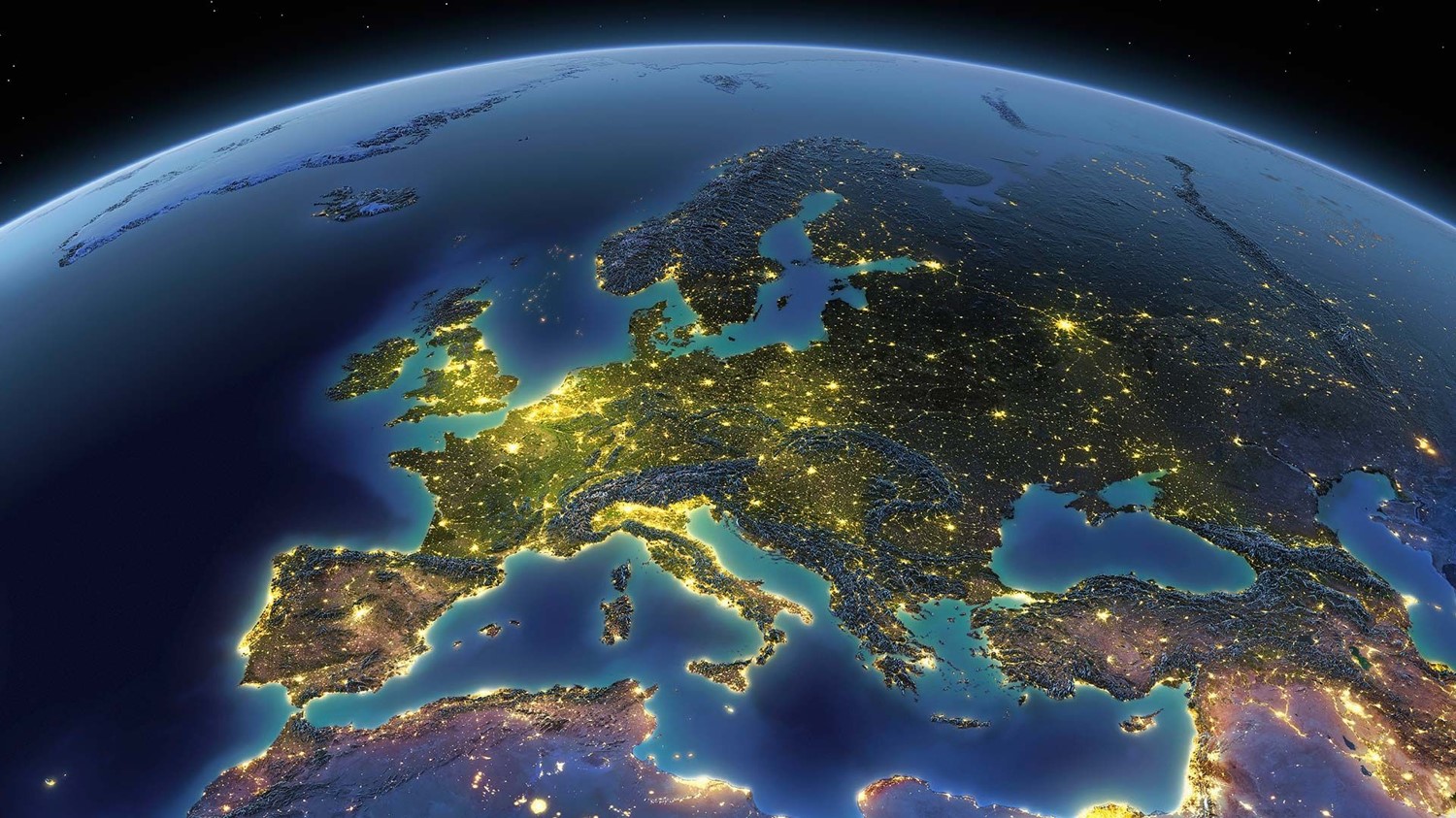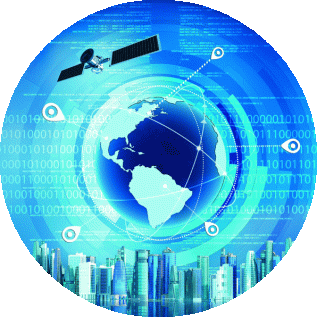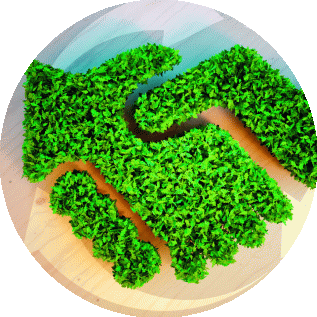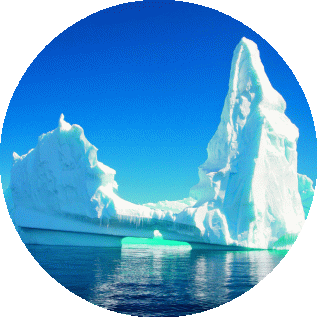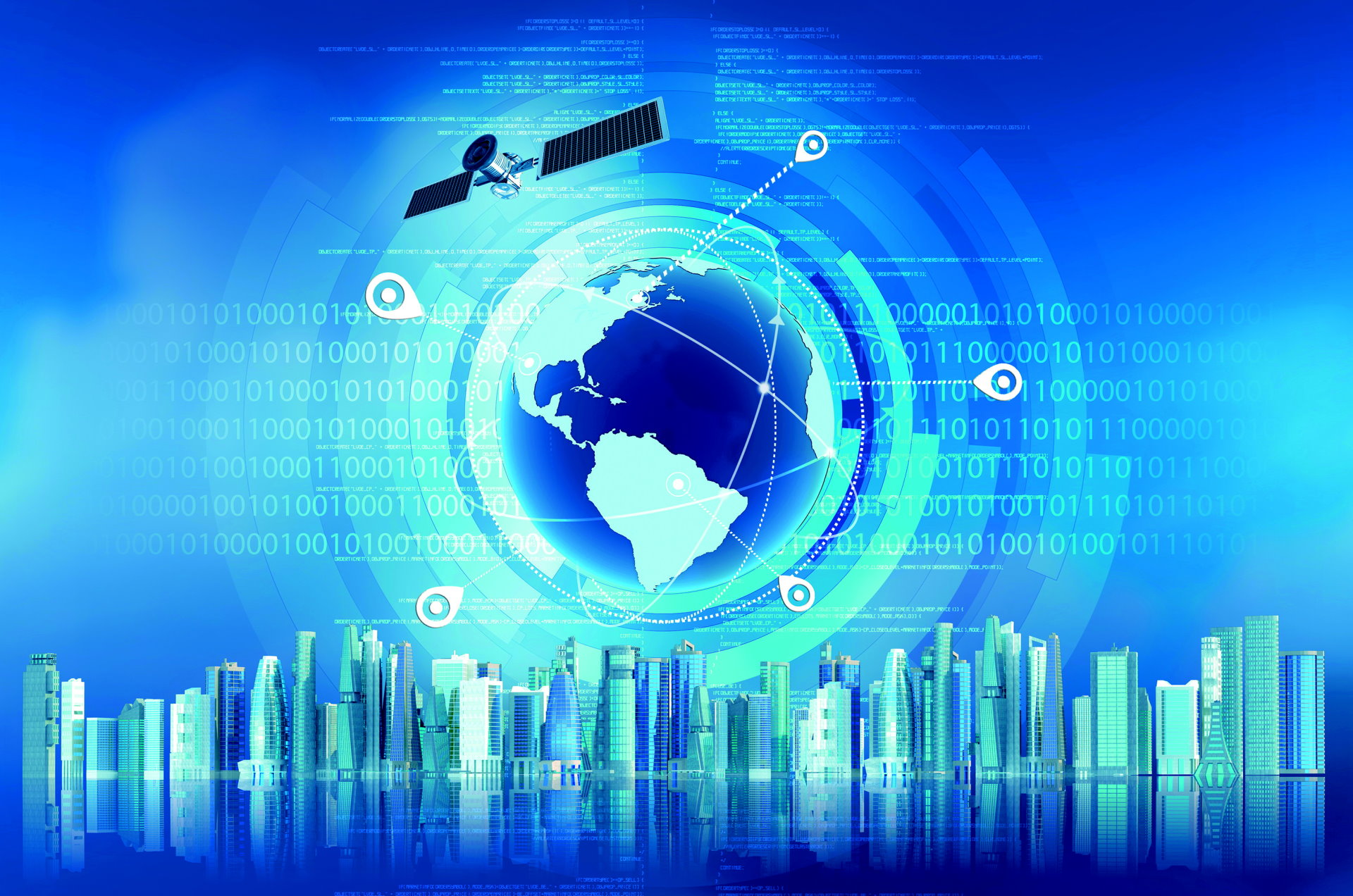
(focus on: urban growth, air quality, natural and manmade disasters, health and contaminated sites)
According to UN’s “World Urbanization Prospects: The 2014 Revision” in today’s increasingly global and interconnected world, over half of the world’s population lives in urban areas, while the coming decades will bring further profound changes to the size and spatial distribution of the global population. The continuing urbanization is projected to add 2.5 billion people to the urban population by 2050, and the proportion of the world’s population living in urban areas is expected to increase to 66%. Under these circumstances, sustainable development challenges will be increasingly concentrated in cities" (United Nations, Department of Economic and Social Affairs, Population Division (2014). World Urbanization Prospects: The 2014 Revision, Highlights (ST/ESA/SER.A/352)).
The overall goal of ERA-PLANET’s Strand 1 is to fully exploit data and information, tools and services that derive from the increasing multi-sensor, multi-temporal and multi-scale capacity and use of EO (in situ and space-borne), in conjunction with other cross cutting observational platforms, towards identifying and facing cities’ vulnerabilities, supporting policies to design strategies and procedures to shield citizens and mitigate impacts of urbanization.
The achievement of this overarching goal will be based on two discrete, but at the same time interconnected, objectives: create Smart Cities and develop Resilient Societies.

